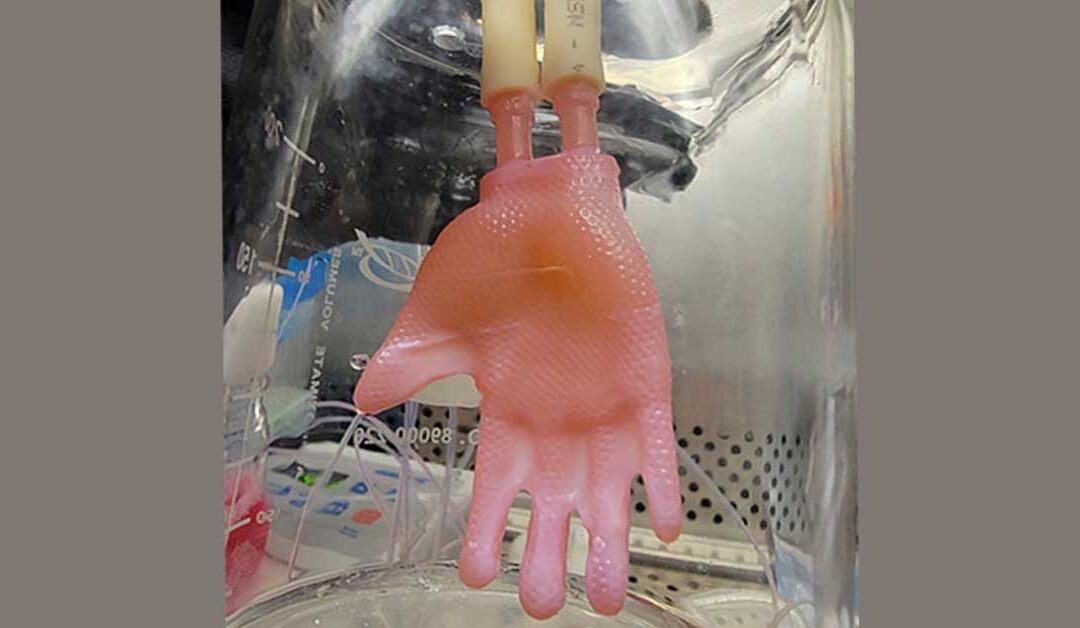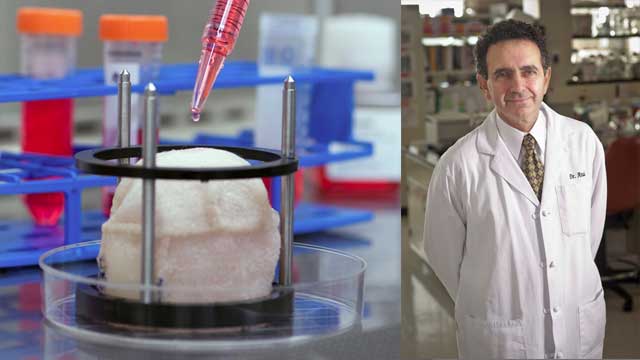By Sharon Reynolds – NIH website
Skin grafts are a vital treatment for burns and other extensive skin injuries. Since the 1980s, advances in bioengineering have allowed researchers to grow new patches of skin in the lab. Such engineered grafts are less traumatic for patients than transplanting skin from elsewhere on the body.
To date, available techniques have only allowed such skin patches to be produced in shapes similar to bandages, such as flat rectangles or circles. These shapes work well to cover wounds on flat surfaces like the back. But using them on complex structures like the hands or face requires extensive cutting and suturing, which can cause damage and scarring.
A research team led by Dr. Hasan Erbil Abaci of Columbia University has been working on methods to make 3D engineered skin in the shape of complex body parts. Such custom grafts could then be transplanted intact, with minimal suturing required. In a new study, the team tested their skin-culture system using models of human hands and the hindlimbs of mice. Results were published on January 27, 2023, in Science Advances.




